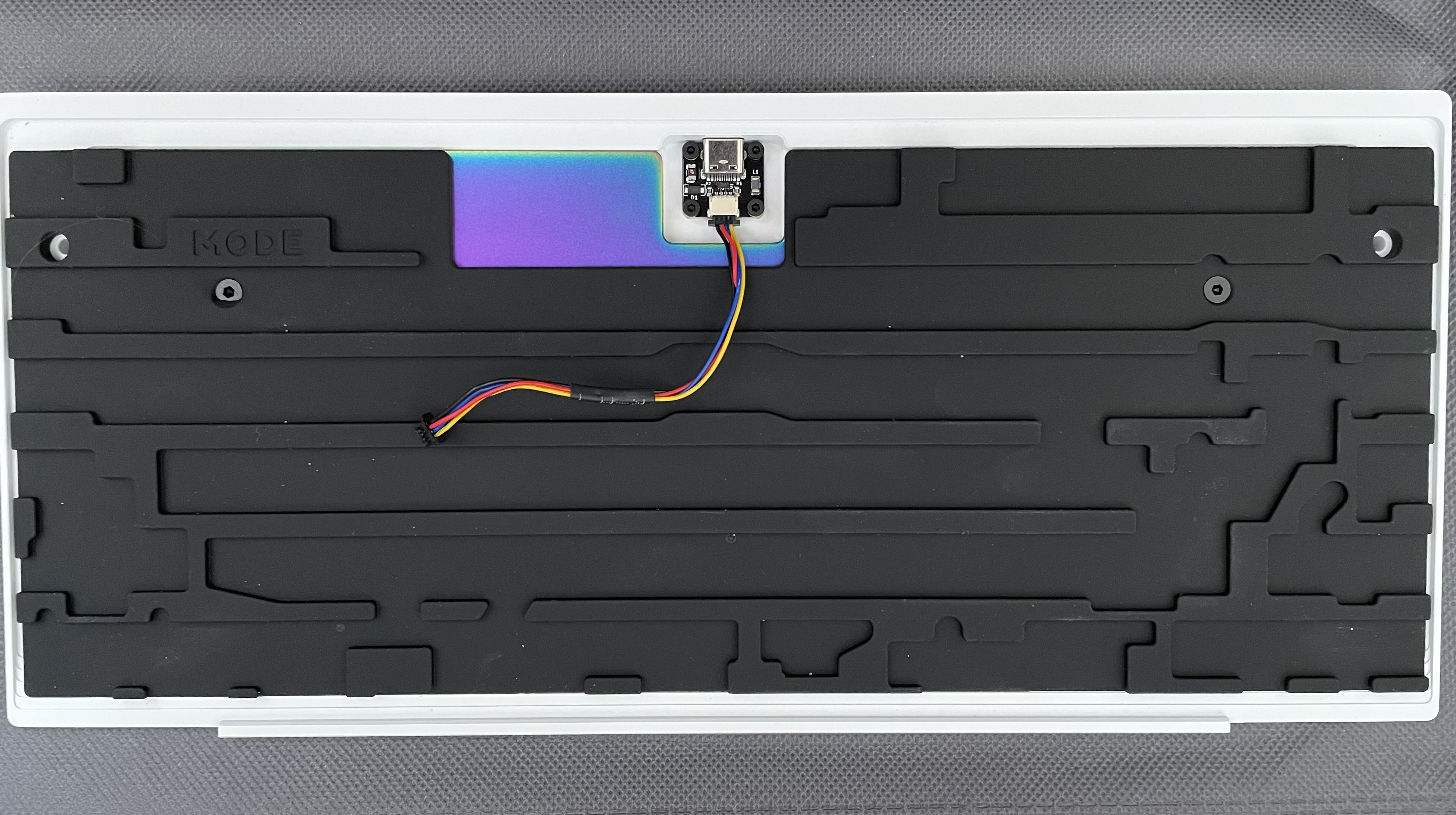I have yet to type on a keyboard that feels as good as Mode Designs’ Sonnet. There have definitely been a few days in the last few weeks since the company sent me a prototype unit to test where getting to type on the Sonnet was one of my main motivators to start writing.
With prices starting at $299 without switches and keycaps, it’s not the most expensive of custom keyboards out there (though the price can quickly creep up to double that as you add a few options), but Mode got virtually everything right here, and thanks to its range of options, the Boston- and San Francisco-based company allows you to put together a mechanical keyboard that is just right for you. If you want it to feel nice and flexible, something a lot of mechanical keyboard enthusiasts strive for these days, you can do that — but if you prefer a firmer typing experience you can opt for a stack mount, which also offers a more muted sound.
Image Credits: Mode Designs
For most people, keyboards are keyboards — a basic piece of equipment that comes with their desktop or is built into their laptop. As long as it works, no thought is ever given to it. But for mechanical keyboard enthusiasts, the keyboard is what it’s all about, and there are few rabbit holes that run deeper than keyboards because the amount of variations even for a single board is never ending thanks to the plethora of switches, stabilizers, keycaps, switch plates and other things most people never think of (and how does lubing that switch with Krytox 205G or Krytox 105 change its sound and feel? What about Tribosys 3204?).
The basics for the Sonnet are pretty straightforward: It’s a 75% board, meaning there’s no numpad but a full row of function keys, arrow keys and a few extra buttons on the right side like Home, PageUp, PageDown and End (or whatever else you want those to be, thanks the Sonnet’s Via/QMK compatibility). Top is made from beautifully machined aluminum in the color of your choice, with a few more options for the bottom, ranging from aluminum to polycarbonate, brass and copper. And then you have options — lots of options. You can choose which kind of internal weight you want to use, what kind of plate you prefer (which has a major impact on the feel and sound) and which accent color you want (which has no impact on the feel and sound but does look rather nice).

Image Credits: Mode Designs
In the variation I received, with half plates and no plate foam, the sound and feel was close to my platonic ideal of what a mechanical keyboard should be like. In this variation, with a set of GMK White-On-Black keycaps, every keypress sounds like two billiard balls colliding. To me, that’s exactly the sound I want to get from my keyboard. I’m also a sucker for a little bit of flex but without going to an extreme — and that’s exactly what I got.
It’s a hefty board, something that’s generally associated with quality in the mechanical keyboard world and also something that often surprises newcomers to this hobby. Your basic Logitech board isn’t likely to weigh in at a few pounds, after all.
The Sonnet is available from Mode Designs, though if you order now, you won’t get your keyboard before December. That’s a long time to wait, but it’s important to note that this is not a limited-group buy. Mode expects to sell the Sonnet for the foreseeable future.

Image Credits: Mode Designs
Source : Mode Designs’ Sonnet 65 feels almost too luxurious to type on












